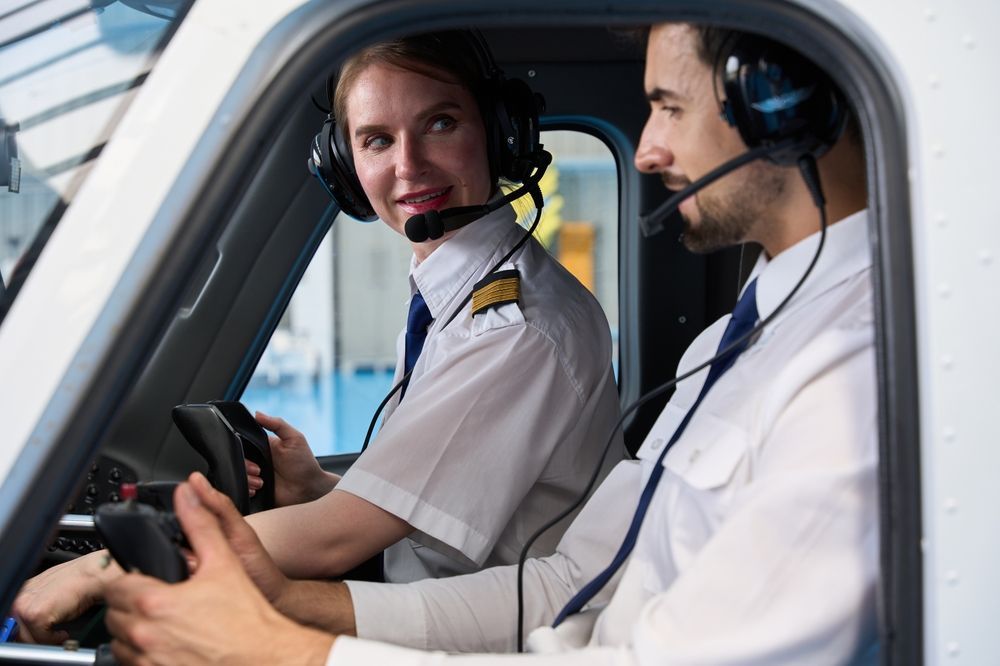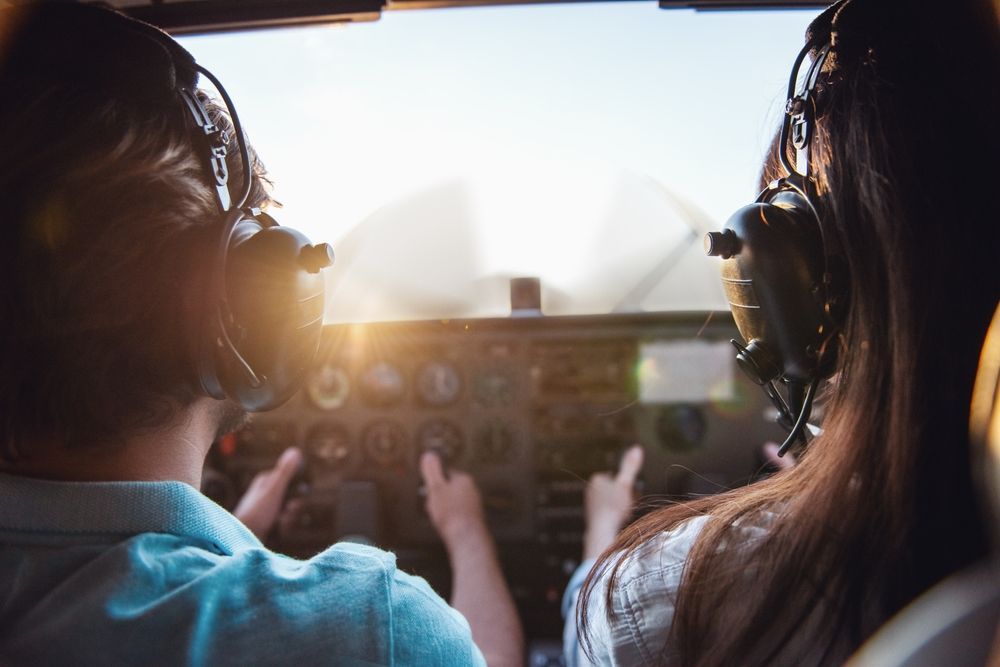Can Planes Fly in the Rain? Flying in Severe Weather
Share this article:
Written by: J.A. Flight Training
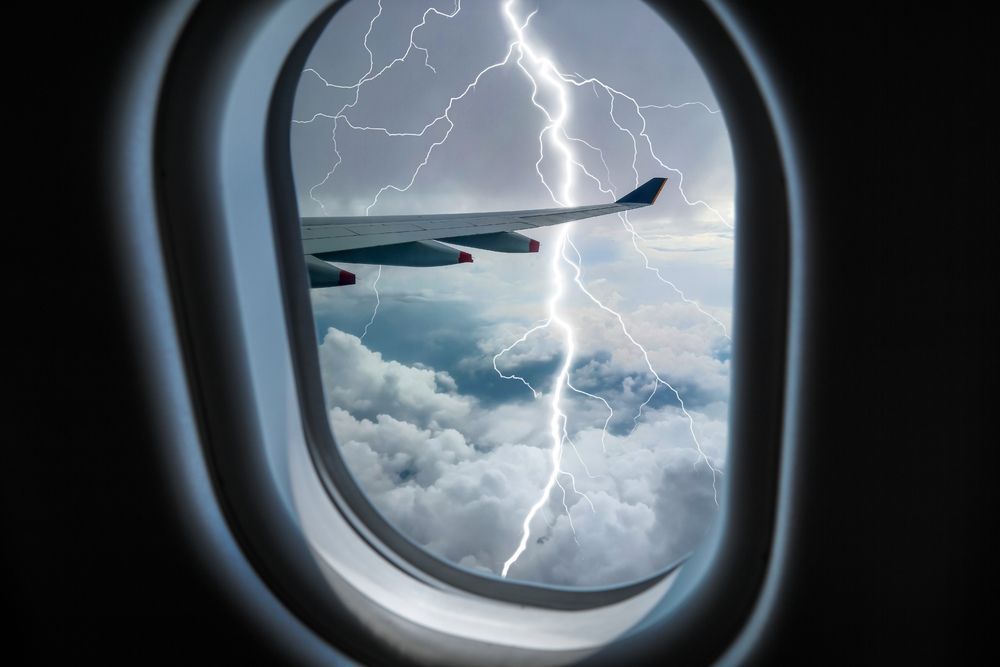
Do planes fly in rain? Of course! In most cases, a little bit of rain isn't a big deal.
But it should go without saying that other weather phenomena can present an issue for pilots and airplanes. In this post, we'll cover why a little bit of rain usually isn't a big deal and touch on the hazards that are. Read on to learn more.
Do Airplanes Fly in the Rain?
Simply put, yes. Airplanes are more than capable of flying in the rain. In fact, they're designed to fly in the rain and in conditions that are even more severe than a few raindrops.
Remember that most planes only have to fly in rain for a short period if there's weather in the area - usually during takeoffs and landings. As a plane makes its climb and reaches its cruising altitude, it's typically above the clouds and any inclement rainfall for the majority of the flight.
Thunderstorms are a whole other issue. It's not uncommon for airplanes to experience brief delays if they're taking off or landing at airports in areas experiencing inclement weather. Storms can also be dangerous to fly through while an aircraft is in the air due to their updrafts and downdrafts. For this reason, aircraft tend to divert their flight paths around any storms along the route.
Does Rain Cancel Flights?
We've already answered whether airplanes fly in the rain, but you might be wondering if rain has ever been responsible for canceling any flights. In most cases, a little bit of rain isn't enough to delay or cancel a flight. The exception is when visibility is severely impacted or in cases when the rain freezes.
For rain to cancel or delay flights, visibility needs to be impacted significantly enough that it's difficult for pilots to taxi the runways or difficult to take off and land safely, which is rare. Freezing rain, however, is another story. If rain freezes to the aircraft, the aircraft will need to be de-iced before it can take off. If freezing rain is persistent, it will likely cancel flights due to inclement conditions and the safety hazards it poses.
Does Rain Delay Flights?
It's more likely that rain is going to delay a flight if there's going to be any impact at all on the flight schedule - and that's only if the rain and any other weather phenomena associated with it significantly impair visibility. If it's just standard rainfall coming down, you're probably good to go. If there are thunderstorms in the area, there may be a modest delay until the storms pass through.
The bottom line is that a standard garden variety rain isn't likely to impact any flight schedule - it's only where there are other weather factors at play when delays are likely to be experienced.
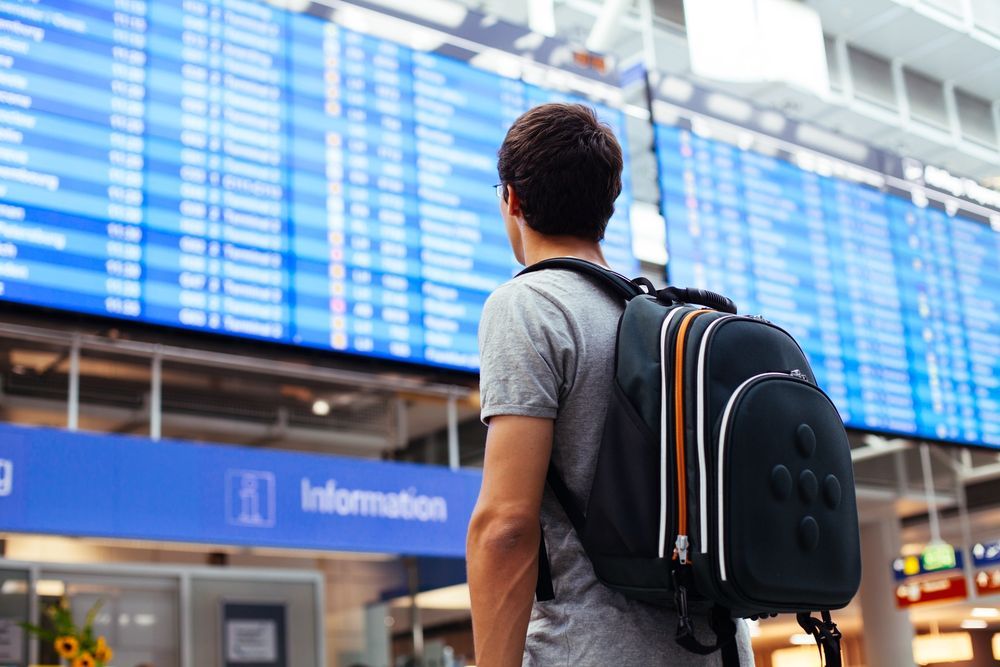
How Do Pilots Train to Fly in the Rain?
Before pilots take to the skies, they often practice on a flight simulator that can realistically mimic just about any type of weather condition. Rain, wind, snow - you name it, and today's flight simulators can do it. After pilots cut their teeth on the flight simulator, then it's time to train in the air. Training flights are then done in the air where pilots can put their training to the test and can have real-world flying experience in a variety of weather conditions, rain included, en route to earning their pilot's license.
Common Night Flying Hazards
Aside from any hazards that may be due to weather, perhaps the most common night flying hazard is decreased visibility. For pilots, it's estimated that the eyes need about 30 minutes to fully adjust to darker conditions. In addition to this, strobe lights and runway lighting can be tough to fully gauge. Strobe lights can potentially even blind other pilots if they're not used properly.
Other, potentially more serious hazards involved with flying at night include the following:
- False horizons: This occurs when a false horizon seemingly appears, usually an optical illusion that results from a mix of streetlights and clouds.
- The black hole effect: This illusion often occurs when pilots are landing at an airport that has very few lights surrounding it and it can be a challenge to accurately judge where the runway begins.
- Autokinesis: This occurs when a single stationary light appears to be moving after staring at it for a while.
The good news is that airplanes are packed with advanced instruments to help pilots safely navigate these - and other - night hazards.
Most Dangerous Weather Hazards in Aviation
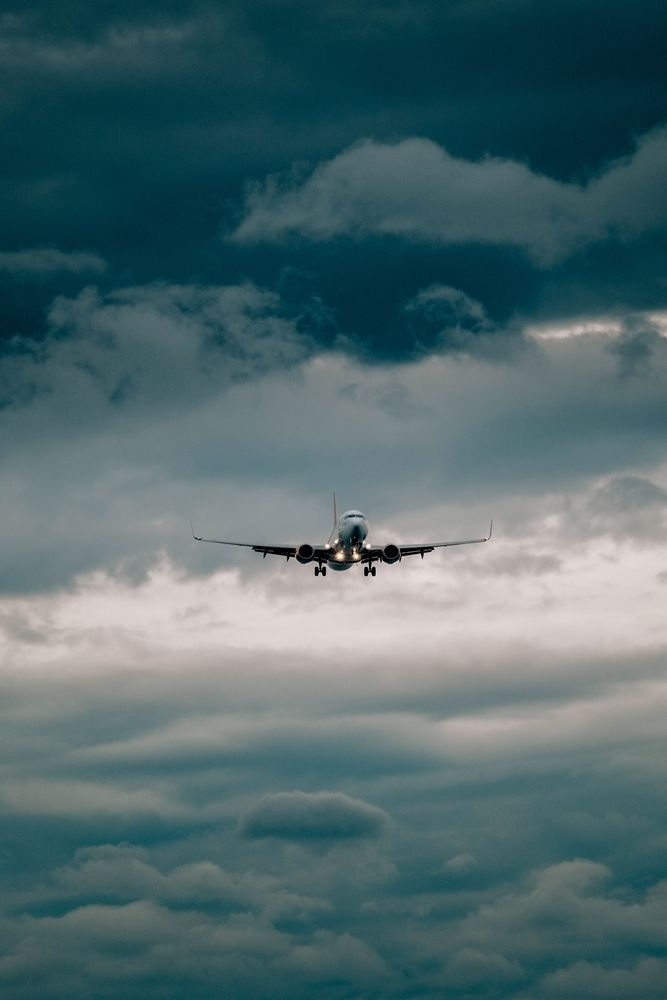
While rain might not present a serious hazard to airplanes, other hazards certainly do. Here's a look at some of the weather hazards that are likely to delay or cancel flights over safety concerns:
- Thunderstorms: As we mentioned previously, thunderstorms are dangerous to fly through due to the potential for strong updrafts and downdrafts. If there's severe weather around an airport, most planes wait to take off until the threat has passed. And if there's severe weather along a flight path, most aircraft will be diverted around the trouble spots.
- Fog: Dense fog can cause visibility issues - and if pilots can't see, then it's going to be very challenging to fly. During periods of dense fog, it's common for airports to initiate low visibility procedures, which limit the number of aircraft taking off, taxiing, and landing at a time to improve safety.
- Snow and ice: While snow generally poses less of a threat than ice does, winter weather can still present its fair share of issues. Airports in areas that are experiencing heavy snowfall or blizzard-like conditions are likely unable to clear snow from runways, which makes takeoffs and landings difficult.
Contact J.A. Flight Training Today
Can planes fly in rain? Absolutely. But flying in rain and other weather conditions should all be part of a
pilot's flight training for the best results. Contact J.A. Flight Training today for more information and to
enroll.
Connect with Us:
